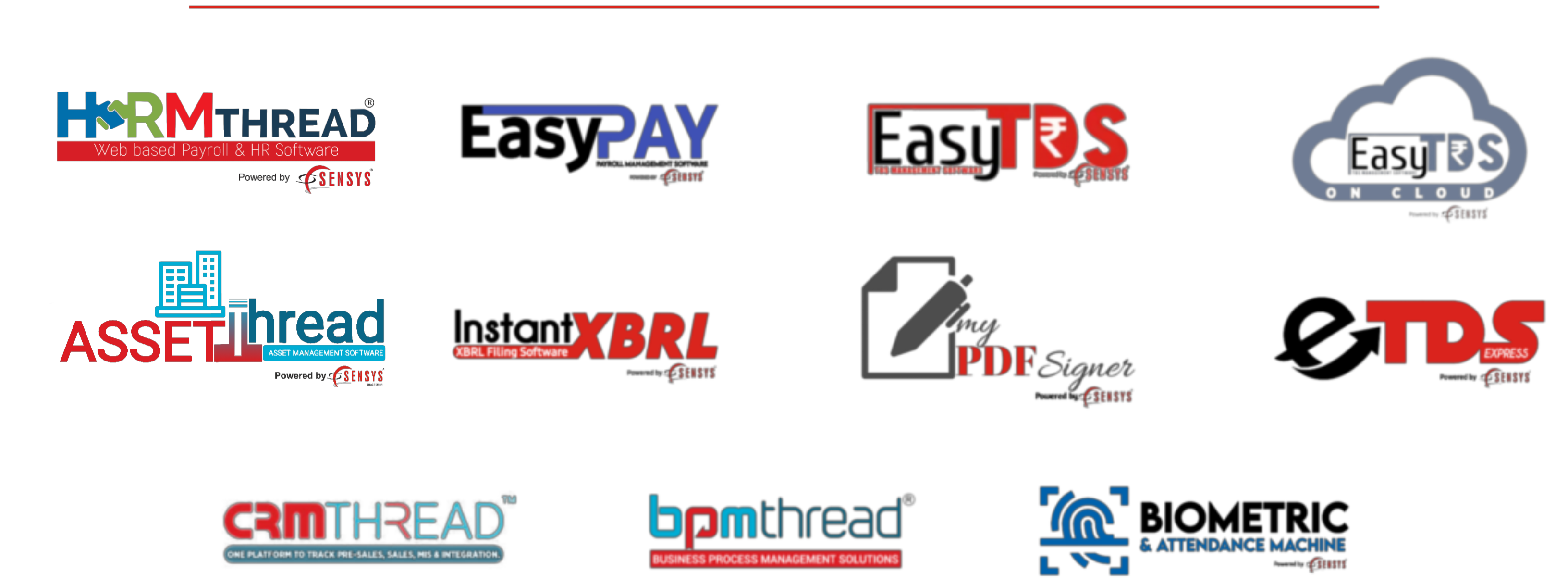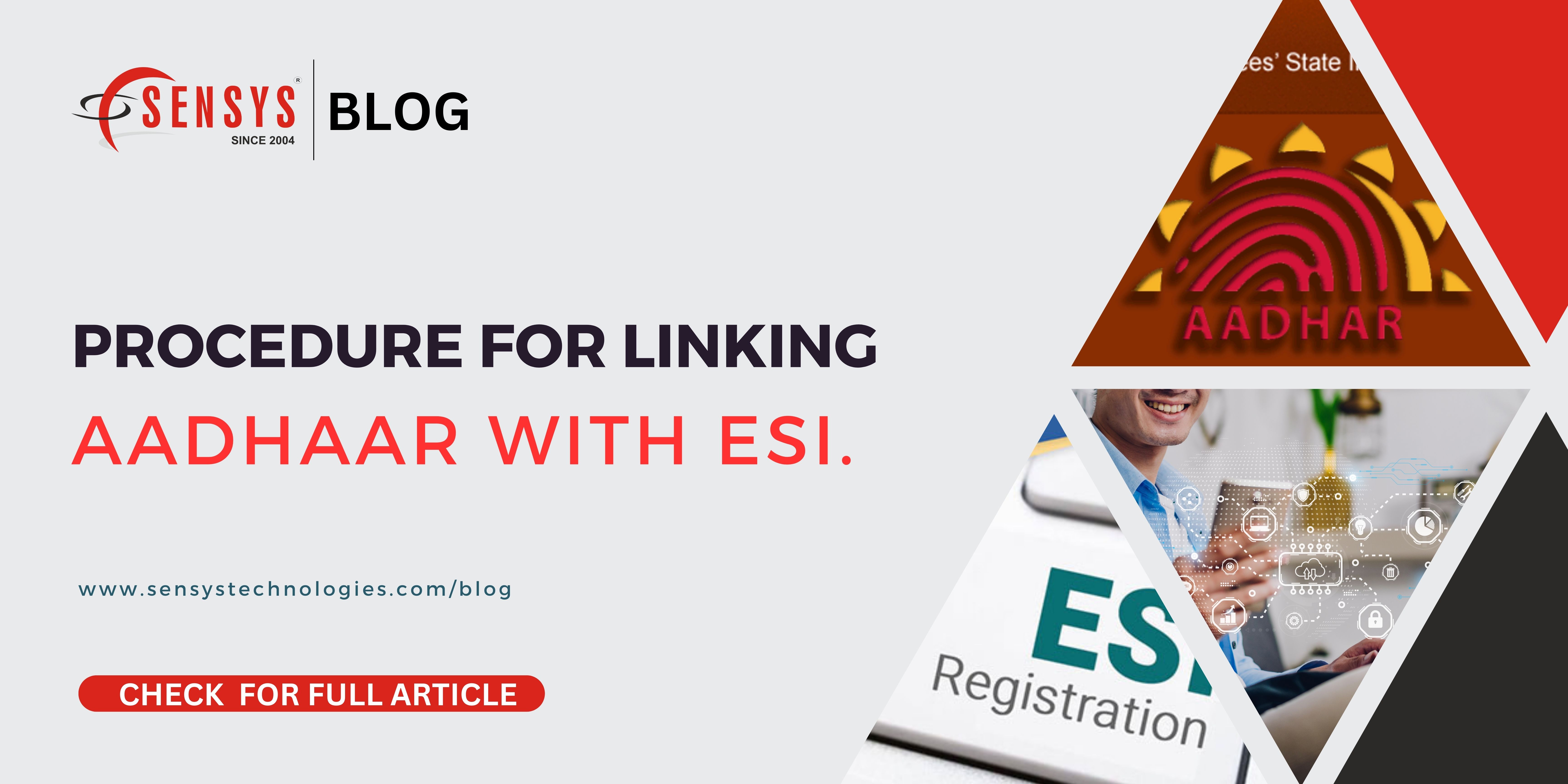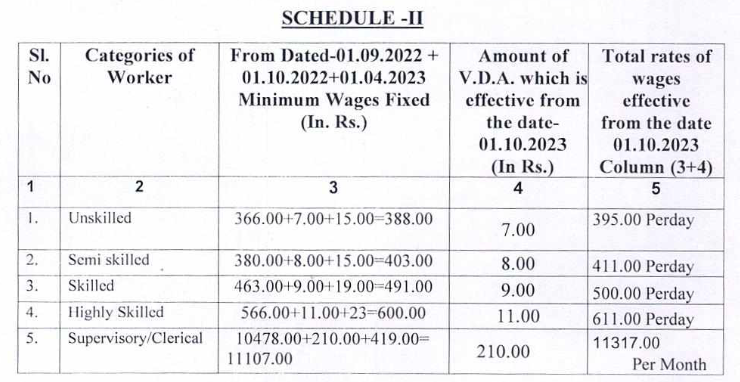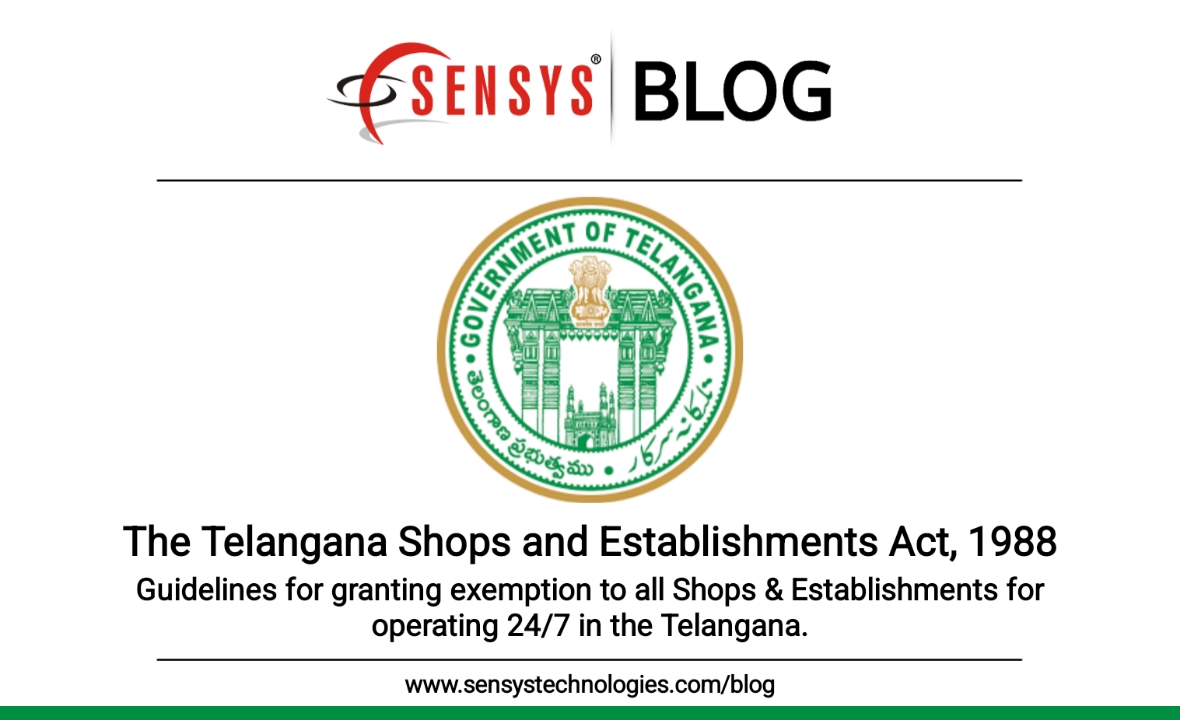
Integrating Cloud Payroll and HR Software into the day-to-day operations of healthcare professionals brings forth a myriad of benefits.
This cutting-edge software boasts a comprehensive suite of features that revolutionise the management of critical tasks like payroll and timesheet tracking, resulting in heightened efficiency and productivity.
One of the standout advantages of employing Cloud Payroll and HR Software is the significant time savings it affords. By automating mundane administrative processes, Healthcare professionals can allocate more of their valuable time to patient care and other essential responsibilities.
This streamlined approach optimises workflow and bolsters overall operational effectiveness.
The Cloud Payroll and HR Software platform guarantees accuracy and compliance in payroll management.
With ever-changing tax regulations and complex laws, healthcare professionals can rely on the software’s advanced capabilities to precisely calculate salaries,
deductions, and tax withholdings. This not only minimises the risk of errors and penalties but also upholds financial integrity and legal compliance.
Furthermore, Cloud Payroll and HR Software simplifies the recording and tracking of employee timesheets, facilitating seamless attendance management and effortless payroll processing.
Its intuitive user interface empowers healthcare professionals to effortlessly navigate the system, delivering a user-friendly experience while freeing up valuable time for other critical tasks.
What Are The Benefits Of An Employee Management System?
An Employee Management System, integrated with employee performance tracking software, offers many benefits to organisations.
First, it provides an accurate and objective performance evaluation. The software allows companies to set performance goals and metrics. track employee progress and generate comprehensive performance reports. By eliminating biases and subjectivity, the system ensures fair and consistent evaluations.
This helps identify high-performing individuals, recognise their contributions, and provide targeted development plans for underperforming employees.
Ultimately, it enables organisations to make informed decisions regarding promotions, rewards, and talent management strategies.
Secondly, an Employee Management System with performance-tracking software enhances communication and collaboration within the workforce.
The software enables real-time feedback and performance discussions between managers and employees.
Regular feedback and coaching help employees align their goals with the organisation’s objectives, understand expectations, and make necessary adjustments.
Additionally, the system facilitates practical goal setting and progress tracking, allowing teams to work towards shared targets.
This fosters a culture of transparency, accountability, and teamwork where employees feel empowered, engaged, and motivated to contribute their best efforts.
What are the features of HRMthread that can be used in the healthcare sector?
HRMThread provides a comprehensive suite of features designed specifically to cater to the distinct requirements of the healthcare industry.
Let’s explore some of these key functionalities that can greatly benefit healthcare organisations:
1. Employee Onboarding: Seamlessly onboard new employees, ensuring a smooth and efficient integration into the organisation.
Simplify paperwork, policy acknowledgments, and training processes.
2. Shift Scheduling: Optimise staff scheduling to ensure adequate coverage and meet patient demands.
Take into account employee availability, skills, and compliance requirements to create effective and balanced schedules.
3. Leave Management: Streamline the management of employee leave, including vacation, sick days, and other time-off requests.
Automate the approval process, track leave balances, and maintain accurate records.
4. Performance Management: Establish clear performance goals and conduct regular performance reviews.
Enable ongoing feedback and recognition to foster employee growth and development.
5. Time and Attendance Tracking: Accurately capture and manage employee attendance data.
Ensure compliance with labour regulations, facilitate payroll processing, and identify attendance trends for improvement.
6. Employee Self-Service: Empower employees to access and manage their own information.
Provide a self-service portal for viewing pay stubs, accessing tax forms, requesting time off, and updating personal details.
7. Compliance and Reporting: Stay compliant with healthcare industry regulations and reporting requirements.
Generate comprehensive reports on employee data, payroll, and workforce analytics for informed decision-making.
How safe is it?
In addition to its time-saving features, HRMThread offers robust data security measures to safeguard sensitive information.
The software ensures the confidentiality and compliance of personal and financial data, aligning with industry standards and regulations.
In conclusion, healthcare professionals who embrace HRMThread in their day-to-day operations benefit from streamlined processes, time efficiency,
accurate payroll management, and enhanced data security.
This innovative solution enables professionals to optimise their operations and channel their focus towards delivering exceptional care to their patients.
Frequently Asked Questions
Q.1: What are the advantages of using recruitment software?
A. Recruitment software is a great tool for companies to streamline their recruitment process.
It helps companies save time and money by automating mundane tasks such as screening resumes, scheduling interviews, and managing job postings.
Additionally, it allows employers to easily search for qualified candidates and match them with the right job openings.
Q.2: What is performance management software?
A. Performance Management Software is a set of tools that helps companies measure and manage employee performance.
It enables managers to track employee progress, identify improvement areas, and provide real-time feedback.
This type of software also allows organisations to set goals and align them with corporate objectives.
Software Solutions Available on:
TDS | PAYROLL | WEB PAYROLL | WEB HRMS | XBRL | FIXED ASSET |INCOME TAX| SERVICE TAX | DIGITAL SIGNATURE | ATTENDANCE MACHINE & CCTV | DATA BACKUP SOFTWARE | PDF SIGNER
“Our Products & Services”
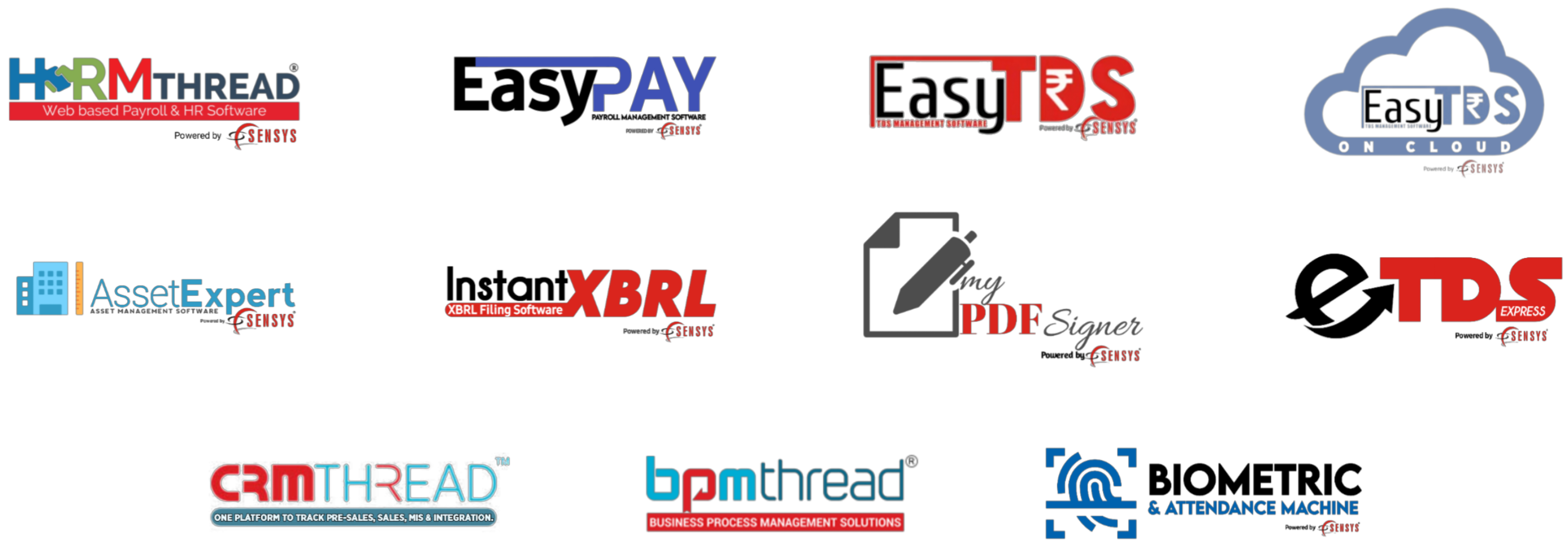
Sensys Technologies Pvt. Ltd.
HO: 904, 905 & 906, Corporate Annexe, Sonawala Road, Goregaon East, Mumbai- 400 063.
Call: +91 766 990 4748
Email: contact@sensysindia.com | Website: http://www.sensystechnologies.com
Branches: Delhi & NCR | Pune | Bangalore | Hyderabad | Ahmedabad | Chennai | Kolkata

